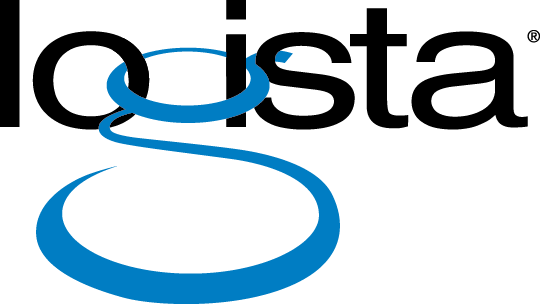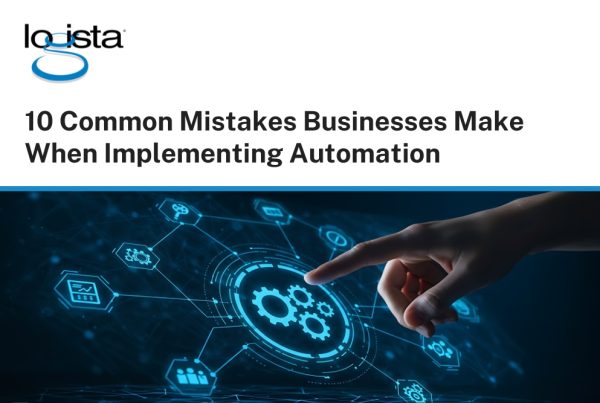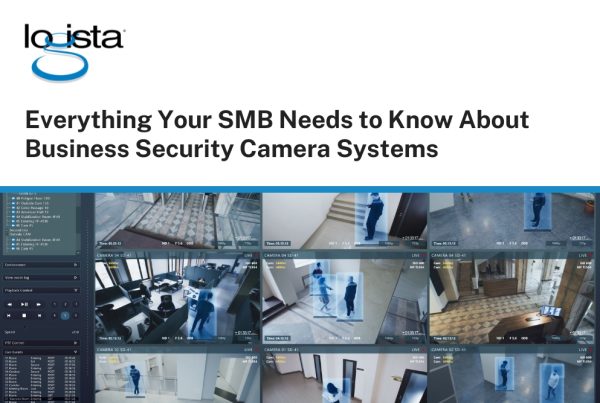Businesses everywhere are wrestling with the same question: how do we invest in technology that actually moves the needle without breaking the bank or leaving ourselves exposed to threats?
A well thought out IT budget helps you dodge those surprise expenses that derail your quarter, gets more mileage out of what you already have, and frees up resources for the innovations that matter to your business.
In this guide, we’ll walk through a straightforward process for building your 2026 technology budget. You’ll learn how to take stock of your current setup, figure out where cybersecurity fits in, and decide which emerging technologies deserve your attention—and your dollars.

Take Inventory of Your Current Technology Environment
The first step in creating a technology budget is knowing exactly what you have. Many SMBs use a mix of old systems, cloud tools, and hardware that may no longer meet their needs. Taking stock of everything in use can help you spot wasted spending and plan for smarter investments.
Start by making a list of all your devices, software, and subscriptions. Include laptops, servers, networking equipment, cloud storage, and any specialized applications. Note purchase dates, warranties, and maintenance agreements. This makes it easier to plan for replacements or upgrades.
Next, look for tools you no longer need or that overlap with others. For example, if several teams are using different project management apps, switching to a single platform can save money. Add up the total cost of ownership for your key systems, including support, maintenance, and the time your team spends managing them.
When you have a clear picture of your technology, you can spend your budget where it matters most, avoid unnecessary costs, and make sure every investment supports your business goals.

Make Cybersecurity a Top Budget Priority
Cybersecurity is a growing concern for SMBs. Hackers often see smaller companies as easier targets, and the cost of a breach can be high. In 2026, it is important to make sure your technology budget includes the right security measures.
Start with the basics. Use multi-factor authentication, keep software up to date, protect your devices, and make sure your cloud data is backed up securely. Training your team is just as important. Many security problems happen because of human mistakes, so teaching employees how to recognize phishing emails, create strong passwords, and handle data safely can prevent costly incidents.
Don’t forget about compliance. Depending on your industry or location, there may be rules for protecting customer information. Failing to follow these rules can result in fines or damage your reputation. It is smart to budget for regular security checks and testing to catch weak spots before they become a problem.
Cybersecurity is about more than avoiding attacks. It helps keep your business running smoothly, protects your customers’ trust, and shows that you take security seriously. Planning ahead for security reduces the chance of unexpected costs and emergency fixes.
Balance Cloud and On-Premises Investments
Cloud technology can make it easier to scale your business and support remote work, but costs can add up quickly if usage is not monitored. In 2026, it is important to look at how much you rely on cloud services compared with systems you keep on-site.
Cloud tools let you scale up or down as needed, reduce upfront hardware expenses, and make it easier for teams to work together from different locations. At the same time, ongoing subscription fees and data transfer costs can become significant. Take a close look at your cloud usage and identify inactive accounts, extra storage you do not need, or unnecessary add-ons that could be trimmed.
Keeping systems on-site can give you more predictable costs and steady performance for day-to-day work. Think about the total cost over time, including maintenance, energy, and when you will need to replace old equipment. Many businesses find a mix works best, keeping sensitive or high-demand systems in-house while using the cloud for tasks that need flexibility or can scale easily.
Finding the right balance helps your budget cover both performance and cost efficiency. It ensures your systems support growth without paying for resources you do not use.
Plan Realistically for AI and Automation
Artificial intelligence and automation offer exciting opportunities, but not every tool delivers measurable value. In 2026, businesses should prioritize practical use cases that streamline workflows, improve customer experiences, or support decision-making.
Examples include automating repetitive tasks, integrating AI-driven analytics to improve sales and marketing decisions, or using chatbots to handle routine customer inquiries. When budgeting for these technologies, include costs for software licenses, integration with existing systems, and employee training.
Evaluate potential ROI carefully. AI projects that are implemented without clear objectives or proper staff training may fail to deliver expected results. A small, focused investment in automation can often yield better outcomes than adopting every new technology trend.

Invest in People, Not Just Technology
Technology investments are only as effective as the people who use them. Businesses should budget for training and development to ensure teams can fully leverage new tools and systems.
Employee training can take many forms, including certifications for IT staff, workshops for end-users, or ongoing learning programs that keep employees up to date on new software features. Investing in people improves system adoption, reduces errors, and minimizes the need for costly support interventions.
Well-trained staff can also identify process improvements and suggest better ways to use technology, creating a cycle of continuous improvement that extends the value of every IT dollar spent.
Build Flexibility Into Your IT Budget
The business environment in 2026 is unpredictable. SMBs need budgets that are adaptable to changes in technology, market conditions, or company growth.
Set aside contingency funds for unexpected opportunities or challenges. This could include emergency hardware replacement, unplanned software upgrades, or rapid adoption of tools to support new business needs. Reviewing and adjusting your budget quarterly allows you to respond quickly without disrupting operations.
Flexibility also means aligning your technology roadmap with long-term business goals. Every purchase should support growth, efficiency, or customer satisfaction. This approach prevents overspending on short-term fixes and ensures that your IT budget is a tool for strategic planning rather than a reactive list of expenses.
Leverage Trusted IT Partners
Most small businesses do not have large IT teams. Working with a trusted IT partner, such as a Managed Services provider or IT consultant, can make technology easier to manage, reduce risks, and help you get more value from your budget.
These partners can give practical advice, compare your costs to similar businesses, and recommend tools that make the most sense for your needs. They can also monitor your systems, handle updates, and provide support when problems come up.
Getting expert input ensures that your technology spending supports your business goals. It turns budgeting into an ongoing process rather than something you do once a year, helping you avoid surprises and making sure your investments deliver real results.

Turning Your 2026 IT Budget Into a Growth Strategy
A good technology budget for 2026 starts with understanding what you already have and what your business really needs. It includes protecting your systems, planning for growth, supporting your team, and staying flexible. Taking this approach turns your budget into a practical tool that keeps your business running smoothly and ready for new opportunities.
SMBs that plan their technology spending carefully can keep costs under control, make daily operations run more smoothly, and adapt quickly when things change. A thoughtful budget also helps protect important data, get the most out of your technology, and invest in tools and training that make a real difference for your business.
Starting early makes the process easier. Review your current systems, set priorities based on what matters most to your business, and align spending with your goals. Bring your leadership team into the conversation and consider working with trusted IT partners to make sure your plan is practical and achievable.
Being proactive with your technology budget does more than prevent problems. It gives your business an advantage, helping you stay organized, efficient, and ready to grow. By investing wisely in technology and your team, your business can thrive in 2026 and beyond.
About Logista Solutions
Logista Solutions is a nationally recognized leader in a broad range of technology management solutions. As one of the largest technology support providers in the U.S., Logista provides innovative and holistic solutions to help companies take control of their IT infrastructure and achieve better business outcomes. Popular services include Managed IT as a Service, VoIP and Unified Communications, Managed Print, Cloud Services and Asset Disposition.



